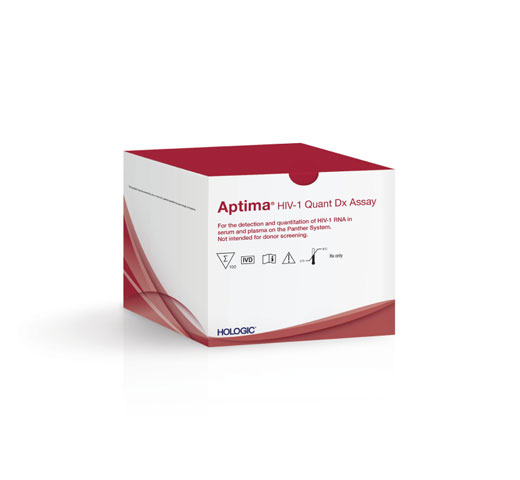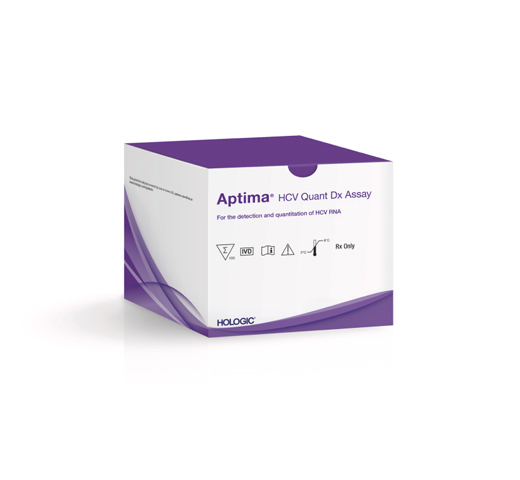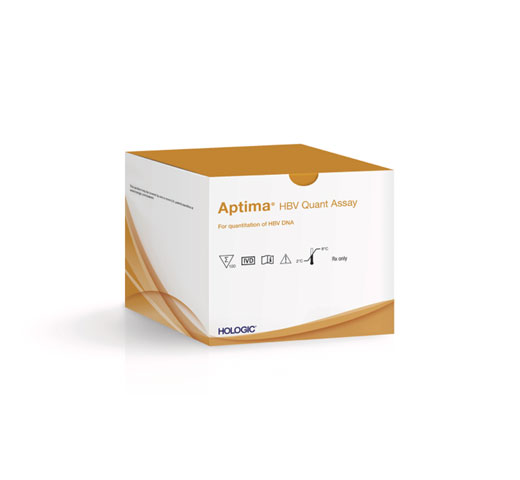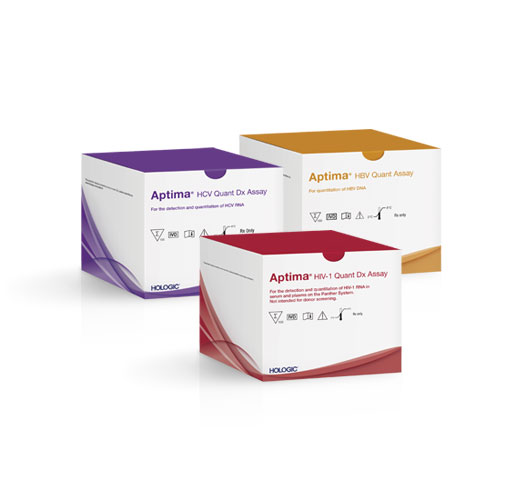The Case for NAAT in the HIV Algorithm

Researchers are calling for the CDC to update its guidelines to incorporate HIV testing that gives patients results as soon as possible. Those tests are already available for your lab.
The power to detect HIV at the earliest (acute) stage of infection is a critical step in reducing transmission of the virus. At this stage, the viral load may be much higher and is, therefore, the phase of greatest risk for transmission. The CDC reported that in 2018, 38% of new HIV infections were spread by people who did not know their HIV status.1 And early detection of HIV has historically been a challenge.
Seeking to identify more patients with acute-stage infection, the CDC updated HIV testing guidelines in 2014. Initial testing was to be done using a fourth-generation antigen (Ag) and antibody (Ab) combination assay, with a follow-up HIV-1/2 Ab differentiation test for reactive results. Specimens reactive on the initial immunoassay and nonreactive or indeterminate on the Ab differentiation assay proceed to HIV-1 nucleic acid amplification testing (NAAT) testing for resolution.2
At that time, the CDC recommendations balanced the needs of lab and patient. Especially in the absence of a high-throughput detection assay, protein-based assays provided an affordable, quick test for HIV detection. But the guidelines did not substantially meet the need for acute-stage HIV detection, which could be addressed by reconsidering the role of NAAT in the HIV algorithm.
Because human antibodies against HIV are not detectable until a month into the infection period, and HIV antigen is detectable only a week sooner, more rapid, reliable testing at the right moment is essential in combatting the spread of this virus.3 Identifying HIV RNA through NAAT is the earliest detection method currently available to laboratories, and in the years since the 2014 CDC guidelines, the FDA has approved NAAT assays for the detection of HIV on instrumentation capable of processing thousands of specimens a month.
The Aptima® HIV-1 Quant Dx assay on the Hologic Panther® platform provides powerful, sensitive, and cost-effective testing with a small footprint, minimal consumables, and low hands-on time for processing. In fact, considering such advances in technology, several HIV experts have suggested that it may be time for the CDC to update its guidelines and move NAAT detection into the second step of the HIV testing algorithm.4,5
Incorporating the Panther platform and the Aptima HIV-1 Quant Dx assay into your laboratory’s workflow will help you keep pace in the ever-evolving landscape of HIV diagnosis and treatment guidelines. The system’s combination of industry-leading assay performance and rapid sample-to-result turnaround will provide more patients access to the most powerful and timely means of HIV detection—and the best chance to prevent spread of the disease. Get started HERE.





